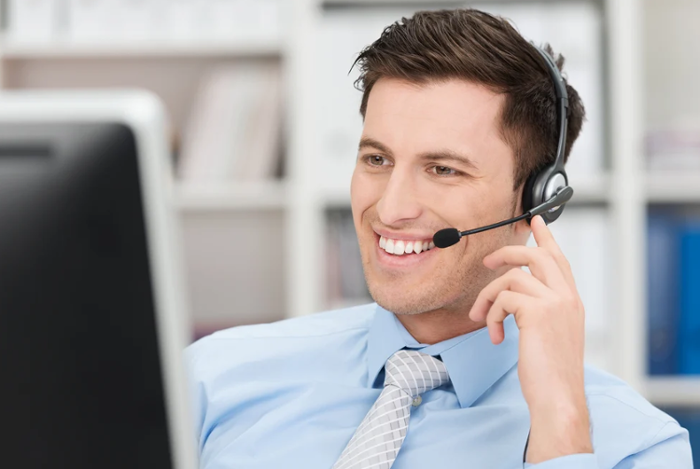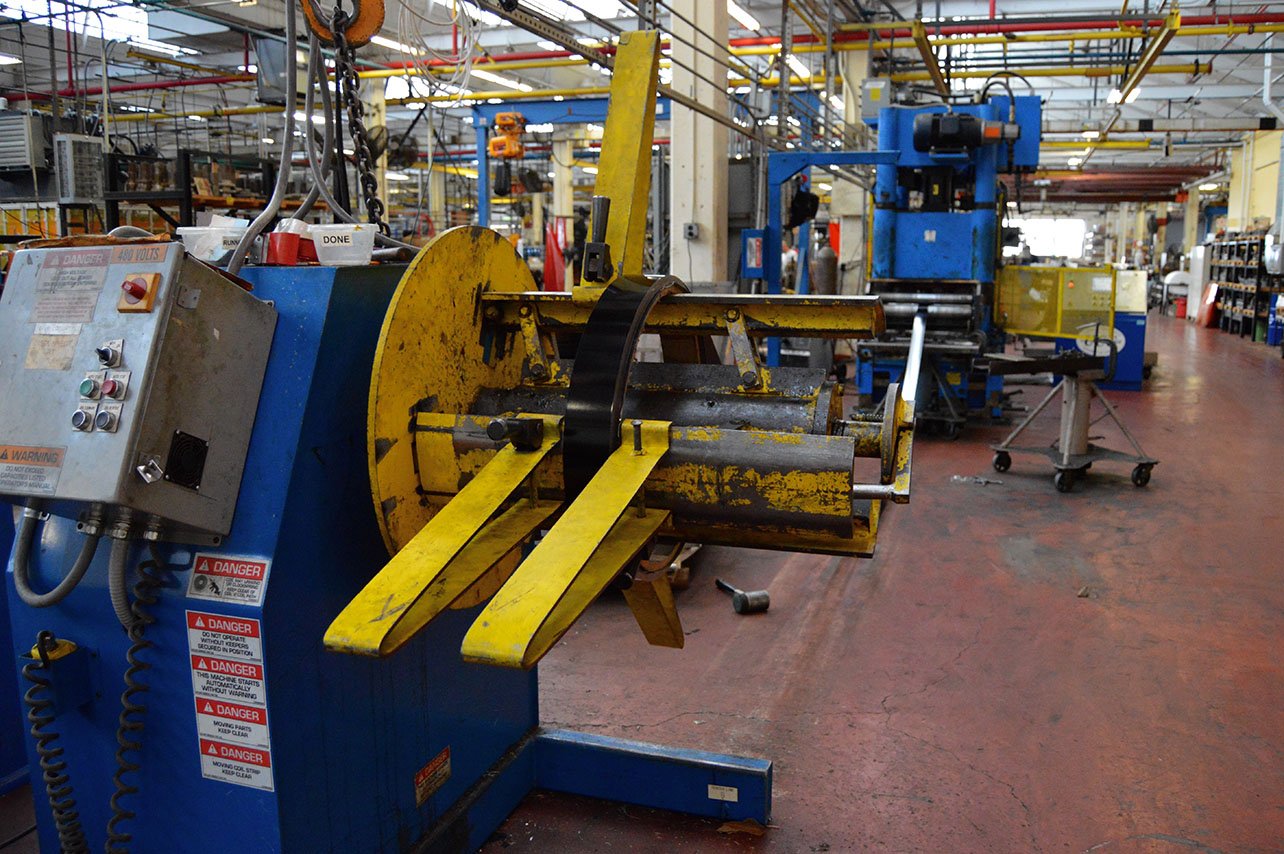Communication Is Key To Supply Chain Risk Mitigation

When you think about supply chain risk mitigation, what are the first things that come to mind? For us, the usual suspects are:
- Controlled costs
- On-time delivery
- Freight capacity utilization (proximity and load efficiency)
- Quality control
- Correctly designed packaging
These things are Supply Chain Management 101 -- or standard operating practices. But if you really want to protect your supply, your vendor needs to go above and beyond 101 SOPs. This is especially important in the midst of a global supply chain disruption.
Communication is vitally important when you consider how to mitigate risk in the supply chain.
The Most Important Aspect of Supply Chain Management Risk Mitigation
Long-term, dynamic supply chain management can’t coast on the basics. It requires advanced planning, optimization, and reviews.
It requires regular, recurring, formal communication about the entire supply system. Communication on system status keeps you in the know and your vendor on track. It helps you both identify opportunities and mitigate potential risks before they arise. Surprises can be costly!
Not every vendor has the expertise for identifying risks and developing contingency plans. A high-quality vendor knows how to track the following information and report on it regularly. You shouldn’t have to harass your vendor for this info.
1. Raw Material Pipeline and Cost Reviews
In order to protect supply, vendors need to have raw material stock planned in advance.
Normally, planning combines consumption and expected lead time for replenishment of the material. However, as we all know, both of these areas are extremely dynamic. This necessitates well-designed risk mitigation strategies in supply chain management.
The last thing you want to hear is: “We bought too much material. Can you please pay for it?”
Even worse than that: “We ran out of material, and they’re telling us four more weeks to receive it!”
Reviewing raw material costs well in advance of changes (either up or down) is also important. You need time to pass changes through your organization.
2. Raw Material Market Influences
What affects the costs of raw materials? Periodically performing risk assessments ensures you’re buying materials at optimal market costs.
There are several factors that affect the raw material market, including:
- Global supply chains
- Demand
- Availability & shortages
If any of these change drastically (or look to change in the future), your vendor should communicate and advise you accordingly. Joint decisions and actions are critical when reviewing potential market changes.
3. Inventory Status
Quality vendors likely offer inventory management. They have insight into your physical supply status and inventory movement. Those who stress frequent feedback from the point of use will provide the best results.
For project-based businesses, these regular supply system reviews provide the most value since demand is erratic.
Vendors should report on your inventory at any time and make supply or safety stock changes based on your short-term needs.
4. Actual Product Consumption vs. Forecast
Actual consumption of products is constantly changing (in predictable patterns, or based on the whims of the consumer). Even with products that have a specific window of use, all consumers will use and interact with the product differently. Seasonality will also affect needs -- that protection will be built in.
Although forecasting is an imprecise art, it’s a crucial starting point for managing stock and costs.
Provide some type of consumption forecast so your vendor can get started immediately. However, a good supply chain system manager will initiate a “consumption profile” on their own. Soon, they’ll be able to anticipate your needs (perhaps even before you do)!
The supply chain system manager will also prevent mistakes, and may even vet your purchase orders. It’s extremely valuable to have someone say, “Are you sure you need this?”
No matter what, your vendor shouldn’t struggle to meet inconsistent demand. If they manage inventory and just-in-time practices well, you should never have to fear shortages or major surplusses (which can also increase costs).
5. Process Transparency
Your product is your baby. You should know it’s being produced, fabricated, tested, and packaged to your standards. A supply agreement with your manufacturer ensures both of you know what the expectations are.
An open-door policy is the best for both customer and supplier and allows for periodic visits back and forth to keep the system, communication, and risk identification current and accurate.
6. Upcoming Design Changes
Have you ever been surprised by a change in product design? Did you end up with too much-finished inventory or raw material as a result?
This situation is all-too-familiar for customers AND suppliers. The only way to prevent this is to have a recurring agenda item that discusses upcoming engineering changes and product life cycle status.
Best Practices for Risk Management in Manufacturing
Again, it’s not enough for your vendor to conduct these reviews and audits internally. They need to include you in the supply chain management risk mitigation plan so you can stay ahead of what’s happening, not behind it.
Communicating as partners is key for effective supply chain risk mitigation.
Roll Forming: Efficient & Cost-Effective
When done correctly, under the guidance of an experienced partner, custom roll forming can be one of the most efficient and cost-effective methods of metal shaping. To make sure you’re getting the most out of your supply system, download our free guide!
(Editor's note: This blog was originally published in January 2017 and was recently updated.)
You May Also Like
These Related Stories

Warehouse Storage Racks and Conveyors: Consider Roll Forming

Reshoring Your Roll Forming To Create a More Efficient Supply Chain




